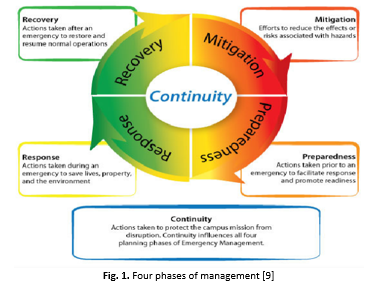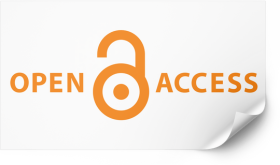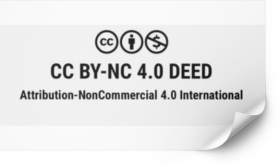The Role of Communication in Strengthening Emergency Preparedness and Response Plans
DOI:
https://doi.org/10.37934/sijdbes.2.1.4149Keywords:
Effective communication, Emergency Preparedness and Response Plan (EPRP), Safety Management System (SMS)Abstract
Emergency Preparedness and Response plan (EPRPs) are essential components of Safety Management System, designed to prevent and mitigate risks during emergencies. The establishment and existence of an emergency preparedness and response plan is held for multi-functional purposes with the main goal to control and reduce the effects and injuries caused by emergencies. It is important to promote the planning and implementation of emergency preparedness and response plans through effective communication for information sharing and awareness. The need for emergency preparedness and response plans in emergency management is essential. It provides a safe environment for people to live and study, reducing the impact and impact of emergencies. This paper examines the role of communication in the implementation of EPRPs, focusing on how clear and consistent communication can strengthen operational procedures and collaborative efforts in handling emergencies. By improving communication, organizations can prevent any unwanted emergencies. Emergency preparedness and response plans involve documented programs and actions as important steps in mitigating the impact and effects of an emergency. Most are involved in developing policies, programs and systems for emergency preparedness and response plans. This paper uses content analysis to review how communication strategies impact EPRPs effectiveness. The findings emphasize that well-structured communication within organizations not only improves safety awareness but also supports the development of robust emergency mitigation strategies. This paper aims to offer valuable insights to organizations, encouraging them to prioritize communication in strengthening their EPRPs and ensuring a safer environment for all.













